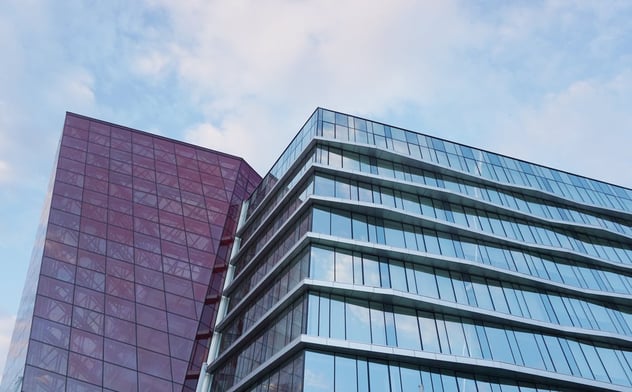- Home >
- Civil, Structural, Engineering Blog >
- How a Building's Purpose Will Affect Its Design and Engineering

How does a building’s end-use affect the way it’s designed? The way it’s engineered? The considerations of its architecture? It’s an engineer’s job to understand the myriad nuances of building design as they relate to the structure’s intended purpose.
From a bird’s-eye perspective, how does a building’s end-use relate to its design?
Residential Buildings
Residential properties, particularly multi-family buildings, are primarily designed around safety and accessibility. Regulations vary depending on the geographic location of the building, but often concern factors like ingress and egress, fire safety, and gas line and other utility lines.
Multi-family buildings require a significant investment in infrastructure, both pedestrian and vehicular. In some densely populated areas, engineers must account for everything from sidewalk setback regulations to whether the current utility lines can remain in place. Designing and engineering a residential building is a complex endeavor (which is why so many new apartment complexes look so similar.)
Industrial Buildings
Industrial structures face an ever-expanding burden of environmental and commercial restrictions. Zoning for industrial land is highly-specific, and it’s not easily changed. Even if an industrial property is being redeveloped, expert engineers are typically brought in to ensure the project complies with regulatory stipulations, to certify a site is safe for its intended end-use, and sometimes to remedy prior contamination.
Wastewater is always an important consideration at an industrial site; the issue often falls in lockstep with that of general pollution, either to soil or air. Industrial developers are required by law to have concrete plans in place for the distribution and dissemination of wastewater, along with any industrial pollutants that may be created at the site. They are also typically required to outline a detailed remediation plan in the event of unplanned spills or contamination.
Commercial Buildings
The term “commercial” is incredibly broad, encompassing everything from retail centers to restaurants to office space. Of high priority for these kinds of projects is accommodation: Where will all the visitors park? What kind of foundation is needed to support a largescale structure? What is the maximum density of this project?
Engineers and designers often work hand-in-hand on commercial projects to ensure the end result is both aesthetically pleasing and also that the property is put to its highest and best use. On a commercial project, unexpected changes to the building plan midway through a project are commonplace.
Building design and engineering are inextricably linked. While the regulatory and safety considerations of a project are paramount, it’s also important to consider the ways in which a building will ultimately be used and enjoyed.
Shield Engineering provides an array of engineering and design services to developers across the U.S. Reach out to us today to find out more about our ever-expanding capabilities.
704-394-6913


